A few weeks ago, in his post about Hymenocallis × festalis (syn. Ismene × festalis), Bodhisagan mentioned that he also grew some sexier Hymenocallis. I can't be sure which he was referring to, but the one featured in this post, Hymenocallis 'Tropical Giant', is one that comes to mind.
Like all Hymenocallis, its flower construction consists of six spidery petals surrounding a central cup (corona). The cup, like that of the familiar daffodil (Narcissus), a genus in the same family, Amaryllidaceae, is featured prominently in the scientific name because Hymenocallis translates literally to "beautiful membrane". A unique characteristic of 'Tropical Giant' is that three of the petals curve down while the other three point out.
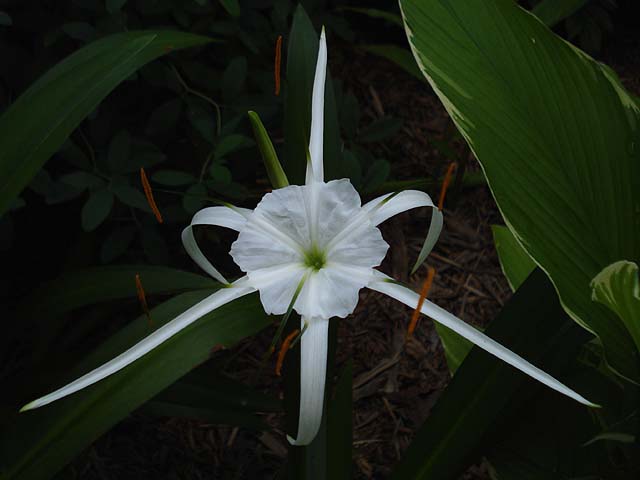
Hymenocallis is a New World genus, with species native to the southern United States through northern South America, and all places in between, including the West Indies, but the exact origins of 'Tropical Giant' remain a mystery. In some garden literature it's referred to as a hybrid, but in other places it's attributed to H. caymanensis, a species from the Cayman Islands.
Despite its mysterious origins, one thing that's clear to me is that the combination of bold, glossy, dark green leaves and large, fragrant, white flowers make it one of the finest perennials for gardens in the Southeastern United States. In addition to its good looks it's easy to grow, it thrives in full sun to part shade in average to wet soils. It also multiplies readily by offsets, so sizable clumps develop with time.
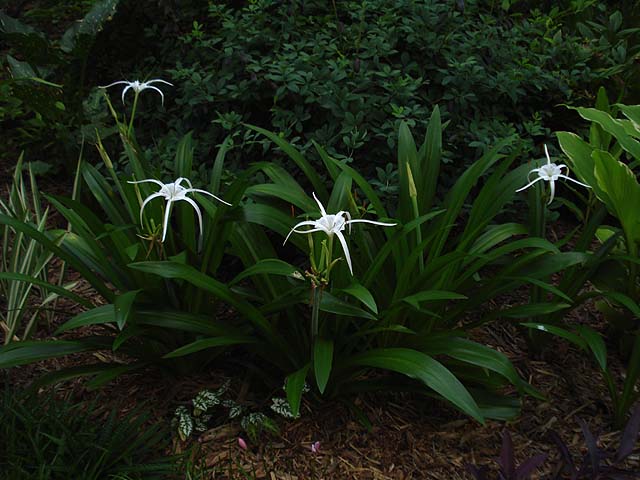
Even if we had clear knowledge of its origins, another mystery remains. With all of its desirable qualities I'd expect to see this plant widely grown, yet it's a rarity. I don't know the reason for this, perhaps it is not thought to survive in climates with sub-freezing winter temperatures, or maybe it just needs more publicity, but it's a shame it's not used more frequently.

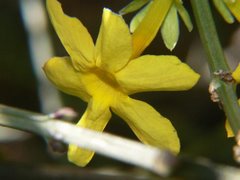
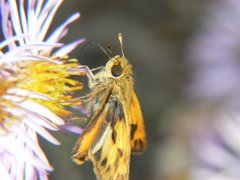
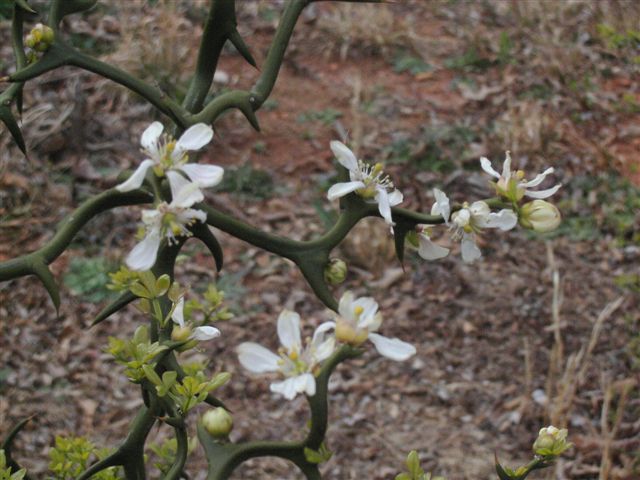
1 comment:
An absolutely stunning plant that for sure should not be a rarity. Nice post, Crinumaniac!
Post a Comment